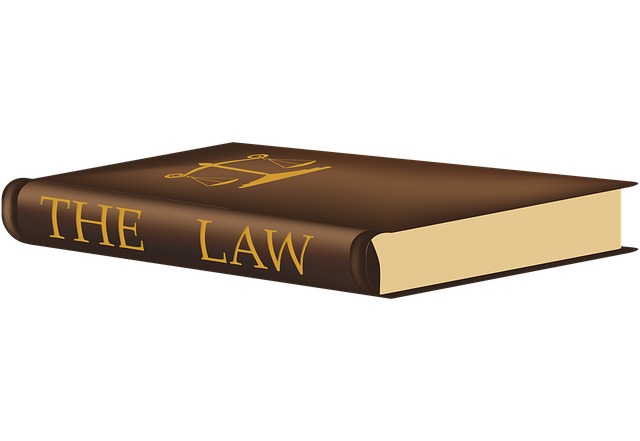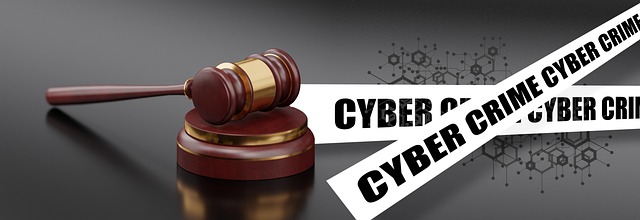C-Level investigations handle high-stakes organizational scenarios, including legal, ethical, and reputational issues, with a focus on swift action and meticulous record-keeping within strict legal frameworks, especially regarding Time Limit for Personal Injury Claims. These inquiries span areas like white-collar defense, criminal investigations, and philanthropy, demanding a methodical approach to uncover facts without bias. Understanding and adhering to legal deadlines is crucial to prevent barring rights to justice and compensation; successful navigation of these intricacies benefits corporate and individual clients alike. Effective strategies involve clear objective, scope, and timeline definitions, strategic data gathering, interviews, advanced technologies, multidisciplinary teams, adaptability, and knowledge of local laws and defense trends.
“In the realm of corporate accountability, C-Level investigations stand as pivotal in addressing strategic issues. This comprehensive guide delves into the intricate world of such inquiries, focusing on ‘Understanding C-Level Investigations: Key Considerations’ and ‘Time Limit for Personal Injury Claims: Legal Frameworks’.
We explore best practices for launching effective investigations, highlighting strategies that empower organizations to navigate legal complexities, especially regarding time limits in personal injury cases. Essential insights for businesses aiming to foster transparency and mitigate risks.”
- Understanding C-Level Investigations: Key Considerations
- Time Limit for Personal Injury Claims: Legal Frameworks
- Launching Effective Investigations: Best Practices and Strategies
Understanding C-Level Investigations: Key Considerations

C-Level Investigations refer to high-level inquiries focusing on executive-level individuals within organizations, often triggered by potential legal or ethical issues. These investigations require a nuanced understanding of corporate structures, legal frameworks, and the unique dynamics of senior leadership. When it comes to personal injury claims, there’s a crucial time limit to file, which can significantly impact the course of an investigation and subsequent litigation. This time-sensitive nature demands swift action and meticulous record-keeping from the outset.
In the context of general criminal defense, white collar defense, and even within philanthropic and political communities, investigations at this level require specialized expertise. Legal professionals handling such cases must navigate complex regulatory environments while ensuring the integrity of evidence and maintaining client confidentiality. The stakes are high, often involving significant financial implications, corporate reputation, and personal careers. As such, a methodical approach is essential to uncover relevant facts without unduly influencing the outcome.
Time Limit for Personal Injury Claims: Legal Frameworks

When it comes to personal injury claims, understanding the time limits is paramount. Legal frameworks across jurisdictions dictate a clear window for filing such cases, often ranging from one to three years from the incident date. Exceeding these deadlines can result in forever losing your right to seek justice and compensation. This stringent requirement underscores the importance of prompt legal action for those harmed through no fault of their own.
The clock starts ticking from the moment the injury occurs—whether it’s due to a car accident, medical malpractice, or premises liability. In some cases, these time limits are subject to exceptions, such as in situations involving hidden injuries or fraudulently concealed information. For corporate and individual clients alike, having an unprecedented track record of success in navigating these legal intricacies can make all the difference in securing fair resolutions.
Launching Effective Investigations: Best Practices and Strategies

In launching effective investigations, especially within the context of C-Level inquiries, organizations must adopt best practices that ensure a thorough and swift process. The initial step involves defining clear objectives, scope, and timelines. For personal injury claims, there’s typically a limited time frame—often varying from one to three years, depending on jurisdiction—within which legal actions can be initiated, emphasizing the urgency of efficient investigation strategies. This timeline management is crucial in all stages of the investigative and enforcement process.
Strategic planning should include gathering relevant data, conducting interviews with stakeholders, and utilizing advanced technologies for evidence collection and analysis. A multidisciplinary approach, integrating professionals from diverse fields like legal, IT, and security, can offer a comprehensive perspective. Given the increasing complexity of investigations across the country, organizations must stay adaptable and informed about local laws and trends in general criminal defense, ensuring their strategies remain effective and compliant.
C-level investigations are crucial in ensuring organizational accountability and swift resolution of personal injury claims. By understanding key considerations, adhering to legal frameworks such as time limits for these claims, and implementing best practices, organizations can effectively navigate investigations, foster transparency, and enhance their reputation in today’s digital era. Remember that prompt action is essential to mitigate risks and achieve positive outcomes.






